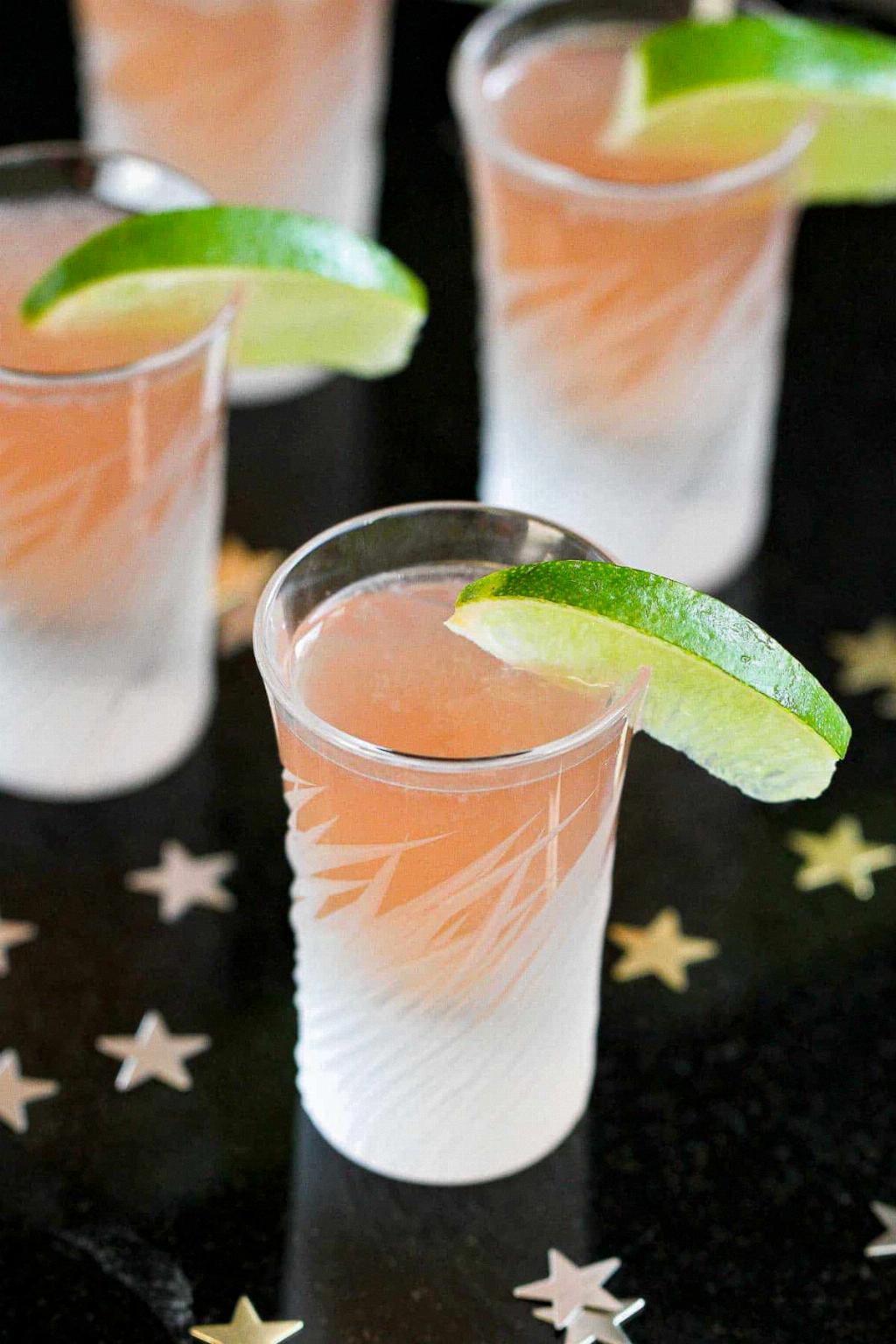When it comes to alcoholic drinks, it is important to understand that yeast plays a crucial role in the fermentation process, converting sugars into alcohol. However, there are certain types of alcohol that undergo processes like distillation and filtration, which significantly reduce the presence of yeast. While it is virtually impossible to find alcoholic beverages completely free of yeast, some options have notably lower levels compared to others.
Spirits: Gin and Vodka
If you’re looking for alcoholic drinks with the least amount of yeast, spirits like gin and vodka are your best bet. These clear, distilled liquors are typically made from grains or potatoes and undergo a meticulous distillation process that helps remove impurities, including yeast. While traces of yeast may still be present, the levels are minimal compared to other alcoholic beverages.
Distillation and Yeast Removal
The distillation process is crucial in minimizing yeast content in spirits. During distillation, the fermented liquid is heated, and the vapor produced is then collected and condensed to separate the alcohol from other components. This process not only removes impurities but also reduces the yeast content substantially.
Wines and Yeast
On the other hand, wines, including red, white, and sparkling varieties, are more likely to contain a higher yeast content compared to spirits. Yeast is responsible for the fermentation process in winemaking, where sugars in grape juice are converted into alcohol and carbon dioxide. While winemakers take measures to control the yeast population and optimize flavor development, small amounts of yeast may still be present in the final product.
Beers and Yeast
Similarly, beers are brewed using yeast, which assists in the fermentation process. Yeast consumes sugars in the malted grains, producing alcohol and carbon dioxide. While most beers undergo filtration before packaging, some craft brews may retain traces of yeast for flavor and texture. Therefore, when it comes to yeast content, beers typically have higher levels compared to spirits.
Non-Alcoholic Alternatives
If you are searching for alcohol-free alternatives without yeast, there are numerous options available. Non-alcoholic beers, mocktails, and alcohol-free spirits made with botanicals and herbs can provide a similar sensory experience without the yeast-driven fermentation. These alternatives are designed to offer flavors and aromas reminiscent of traditional alcoholic beverages while catering to individuals who prefer to avoid alcohol or yeast.
The Role of Yeast in Alcoholic Drinks
Yeast is a fundamental component in the production of alcoholic drinks. It not only converts sugars into alcohol through fermentation but also contributes to the unique flavors and aromas found in different beverages. The presence of yeast is essential for the creation of complex and diverse alcoholic beverages, adding depth to their profiles.
Yeast Sensitivity and Allergies
While yeast is generally safe for consumption and adds to the flavor profiles of many alcoholic drinks, some individuals may have sensitivities or allergies to yeast. In such cases, it is important for consumers to be aware of their reactions and consult with a healthcare professional before consuming yeast-containing alcoholic beverages. Additionally, it may be beneficial for those with yeast sensitivities to explore alternatives or yeast-free options available in the market.
Choosing Personal Preferences
Selecting the right alcoholic beverage ultimately comes down to personal preferences and dietary considerations. If you are specifically looking to minimize yeast intake, spirits such as gin and vodka would be the best choice due to their distillation and filtration processes. However, it is important to note that yeast levels in most alcoholic drinks are relatively low and are unlikely to cause issues for the majority of consumers.
Exploring Variety
Diversity in alcoholic beverages is part of what makes them so enjoyable. From spirits to wines and beers, each category offers a wide range of flavors, aromas, and experiences. While yeast is a common factor in most alcoholic drinks, understanding how different beverages are produced and the levels of yeast present can help individuals make informed choices based on their personal preferences and tolerances.

Conclusion
While it is impossible to find alcohol completely free of yeast, some options have significantly lower levels compared to others. Spirits like gin and vodka undergo rigorous distillation processes that effectively minimize yeast content. In contrast, wines and beers typically have higher yeast levels due to the fermentation process. Individuals with yeast sensitivities may explore non-alcoholic options or seek yeast-free alternatives. Ultimately, choosing the right alcoholic drink comes down to personal preferences and dietary considerations, ensuring an enjoyable experience for all.
